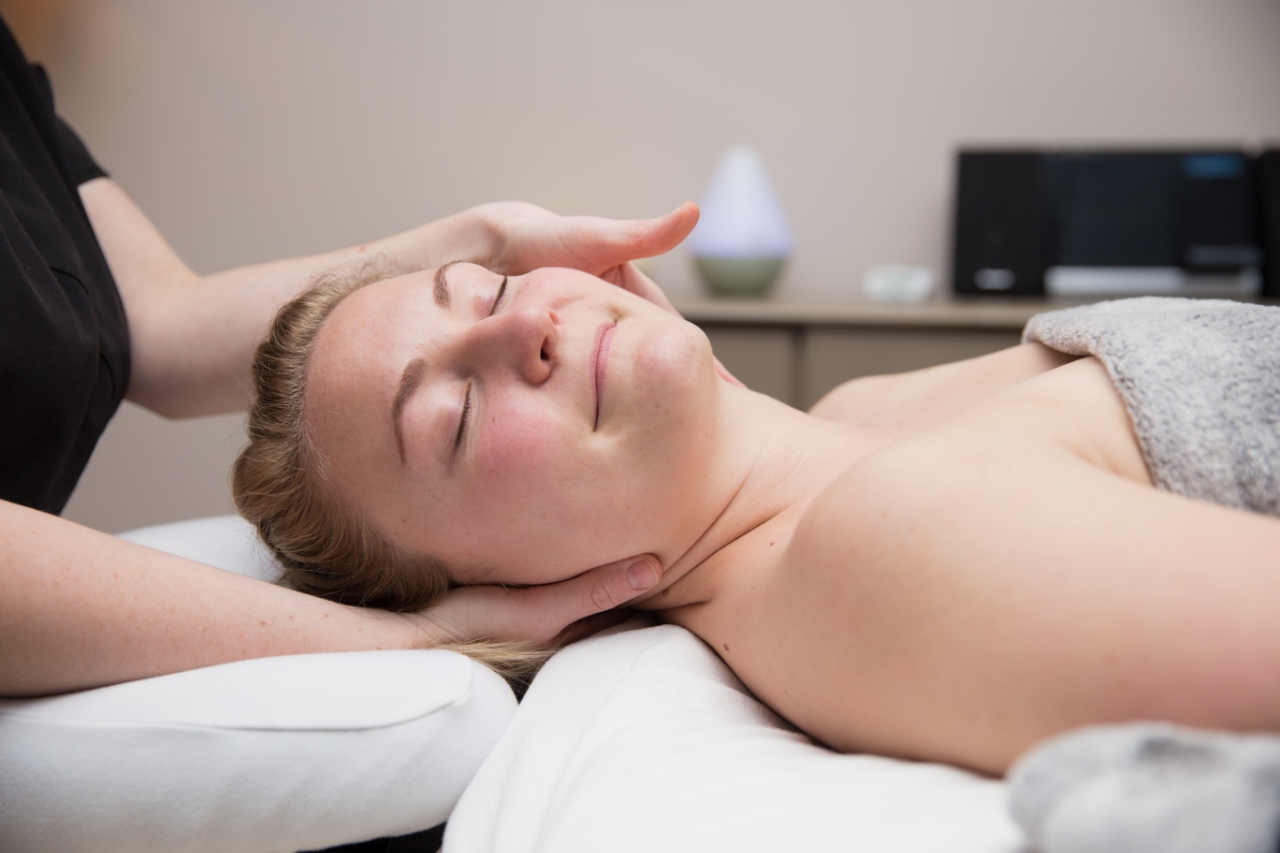By Heather Kew, Registered Massage Therapist
A dear friend of mine was going to leave a gathering early, due to a throbbing headache. I asked if I could try and help, and he welcomed the chance to relieve the pain. After massaging his jaw for less than 5 minutes, he was amazed that his headache was almost gone. He never associated the issues he was having with his jaw.
The jaw is often the cause of a lot of pain and discomfort, but because the pain is not always directly in the jaw, we don’t associate it. Common signs and symptoms of TMJ (temporomandibular joint) dysfunction are headaches and migraines, especially with throbbing pain, pain behind the eyes, issues with your bite (such as discomfort while chewing, issues opening the mouth, deviation/clicking/locking in the jaw), issues with the ear (including dizziness or tinnitus), neck tension and pain, as well as issues with the throat (such as unexplained coughing).
This is not surprising when looking at the TMJ. The TMJ is a set of complex sliding hinge joints, with discs, that connects the jawbone to the skull. This joint has complex movements as well: it is the only joint that moves 3 ways – up and down, forward and backwards and side to side. The average person has between 200 to 3000 movements per day, with the Jaw being responsible for chewing as well as being an important part of speech. It is reported that at least 1 in 8 people are affected with TMJ dysfunction; with the majority being women; however, this number is believed to be low as there are so many undiagnosed cases.
Causes of TMJ dysfunction are many, and can even be unknown. It is often a combination of many different factors. Injury, especially whiplash injuries and motor vehicle collisions, fibromyalgia, forward head posture (‘text neck’), holding stress and tension in the jaw (teeth grinding and jaw clenching) and dental issues are just a few of many possible contributing factors or causes. Many of us practice harmful habits, such as teeth grinding and jaw clenching, with out a conscious thought, including in our sleep.
There are many different treatment options that can be explored when dealing with TMJ dysfunction. Massage, acupuncture and manual osteopathy are very effective and can help improve TMJ dysfunction. As massage therapists, we first assess the anatomy and function of the jaw to determine where the root of the problem is, and which techniques are best suited to each session. A session commonly includes treatment of the shoulders, neck and chest first, to help address the matter as a whole and not just a small part of the issue. Techniques that may be included for TMJ dysfunction can include: massage to the muscles in the temples and the jaw, intra-oral massage of the muscles on the inside of the mouth, joint stretches and mobilizations, cupping, kinetic massage and remedial exercises, craniosacral and physiokey, just to name a few. You may be sent home with home care instructions including: stretches, exercises to strengthen your muscles, self massage, essentials oils for pain and to decrease inflammation, and thermal therapy. You may also be given a referral to a specialist in combination with treatment to come to the most effective outcome possible.
TMJ dysfunction is often overlooked or completely undiagnosed, but can lead to extreme pain and dysfunction in the body. It does not have to be this way. With treatment, TMJ dysfunction can be vastly improved and managed for the long term.

